Co-Designing with Agroecological Communities for Food Sovereignty in Ecuador
In the Andean highlands of southern Ecuador, a movement has been growing for over two decades. The Red Agroecológica del Austro (RAA), a collective of 19 communities across Azuay and Cañar provinces, has been cultivating more than crops — they’ve been cultivating resilience. Rooted in ancestral farming knowledge and fueled by the principles of agroecology, RAA is redefining how food is grown, shared, and honored.
This project began not with a design brief, but with a question:
How can design tools support a movement already in bloom, without overshadowing it?
Our answer came in the form of co-creation — a participatory design journey to elevate the community’s voice, expand awareness of agroecology, and strengthen local food sovereignty.
Why does this matters?
RAA isn’t just a producer network — it’s a living system of solidarity, built by and for its members, many of whom are women farmers and caregivers. It emerged from Ecuador’s agroecological movement in the early 2000s, catalyzed by grassroots organizing and traditional Indigenous agricultural practices.
But in recent years, their ability to connect with broader urban audiences has been hindered by:
- A lack of visibility in mainstream food markets
- Limited access to communication tools and training
- Barriers to organic certification and distribution
- Digital and infrastructural gaps in rural areas
Despite all this, the members of RAA have consistently self-organized through monthly assemblies, peer review systems, and shared rituals of gratitude for the land. They didn’t need design to save them. They needed design to stand beside them.
How did we work? – The design process
Phase 1
We began by immersing in the context:
- Literature review on agroecology, food systems, and participatory design
- Interviews with agroecologists, chefs, and designers involved in community work
- Consumer survey with 57 respondents in Cuenca to understand perceptions of agroecological markets, values, and shopping habits
These conversations revealed gaps — not just in awareness, but in connection. Most urban consumers didn’t know about RAA fairs, and many equated “quality” with supermarket aesthetics, not sustainability or freshness.
Phase 2
RAA members were invited to guide the direction of the work. Two key interviews, along with informal conversations in assemblies, helped identify shared concerns:
- Need for better public-facing communication
- Desire for ownership of their visual identity
- Interest in learning analog design techniques that could be sustained locally
- Workshops were shaped not as lessons, but as collaborative learning spaces.
We discussed symbols, stories, colors, and traditions — and how these could translate visually without diluting their meaning.
Phase 3
- Drawing and storytelling for label and poster creation
- Analog tools like stencils, stamps, and collage
- Low-cost, low-tech approaches for replicability
- Shared feedback circles for review and revision
Each participant created communication pieces for their own produce, all rooted in their personal stories, landscapes, and voices. No design


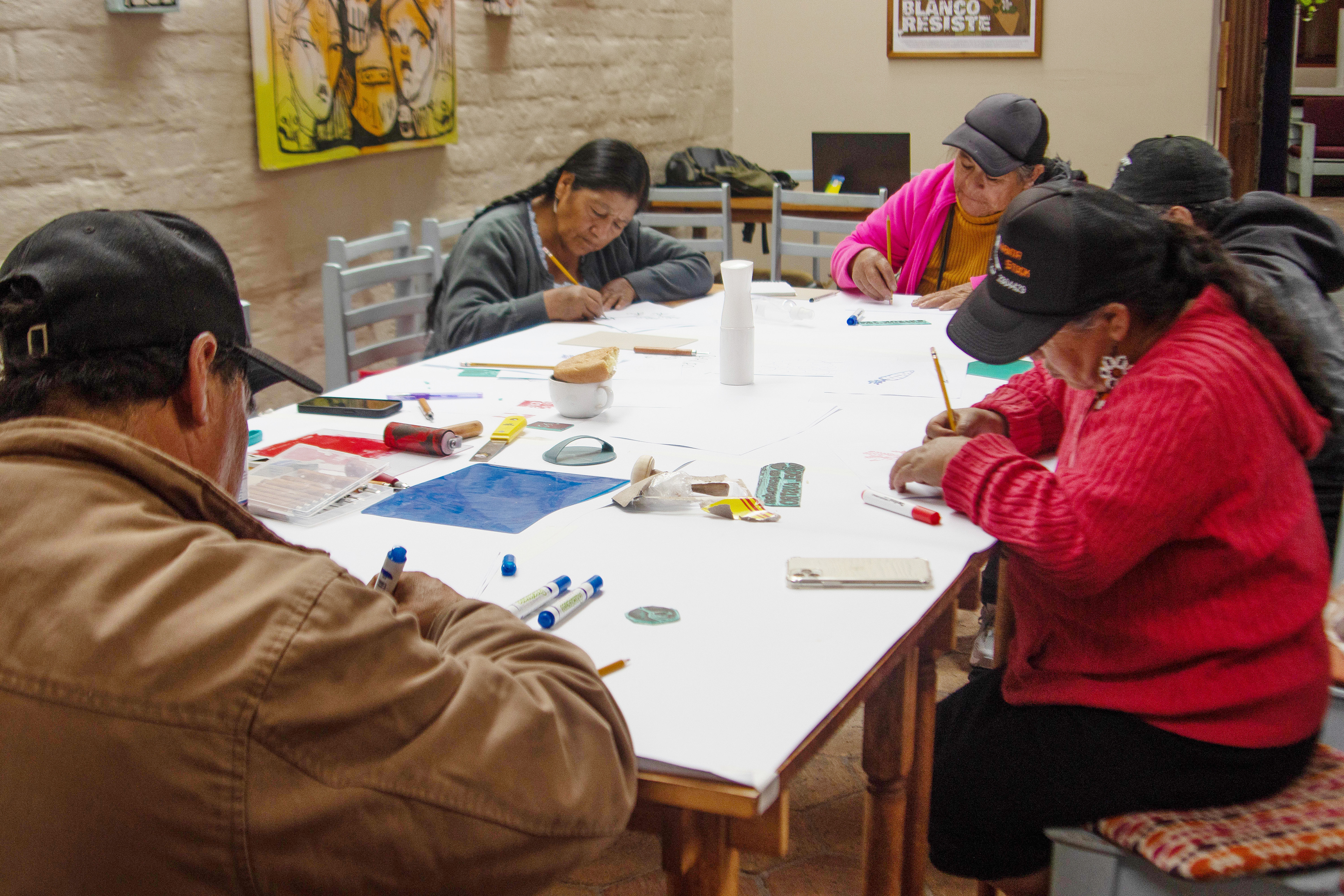

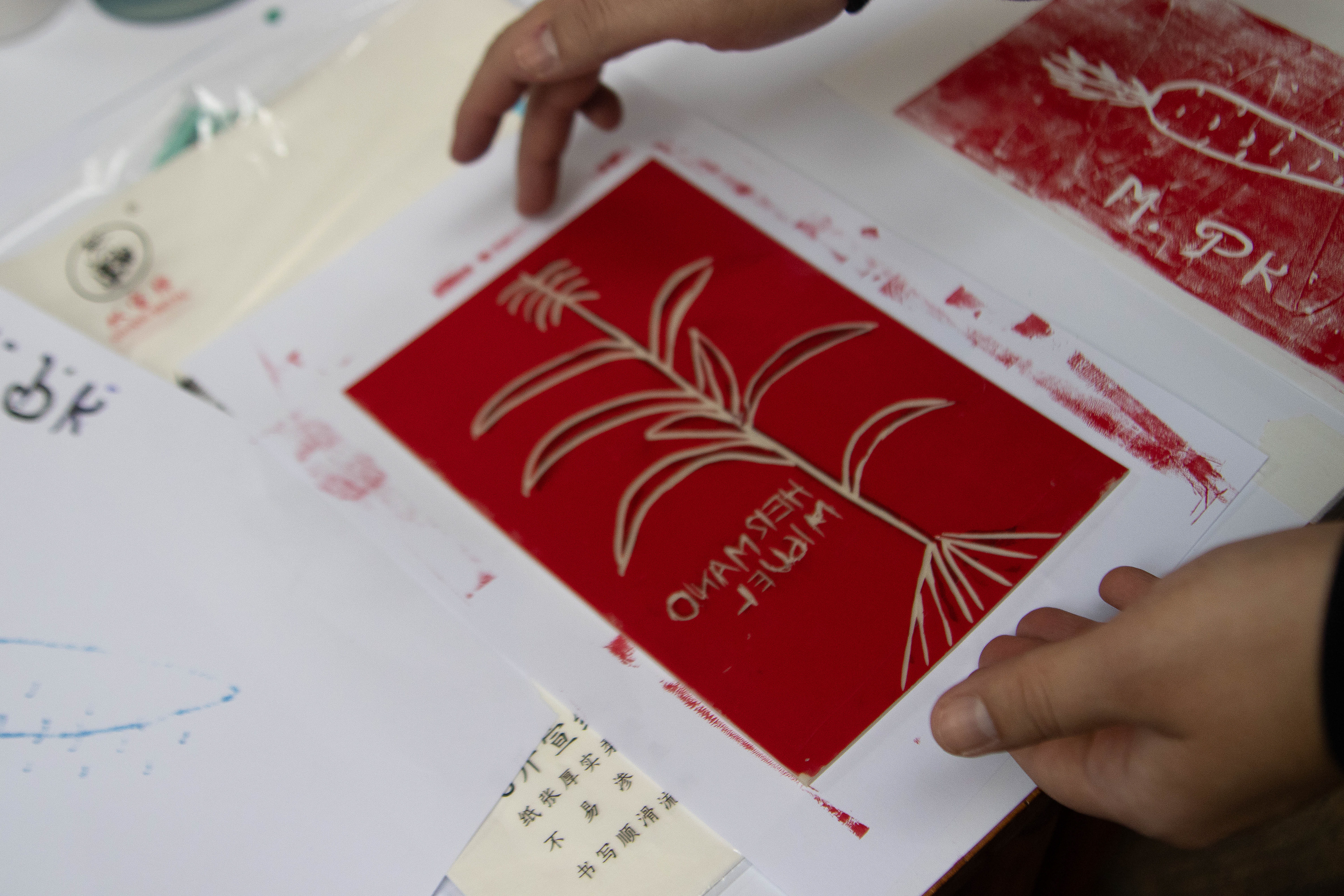
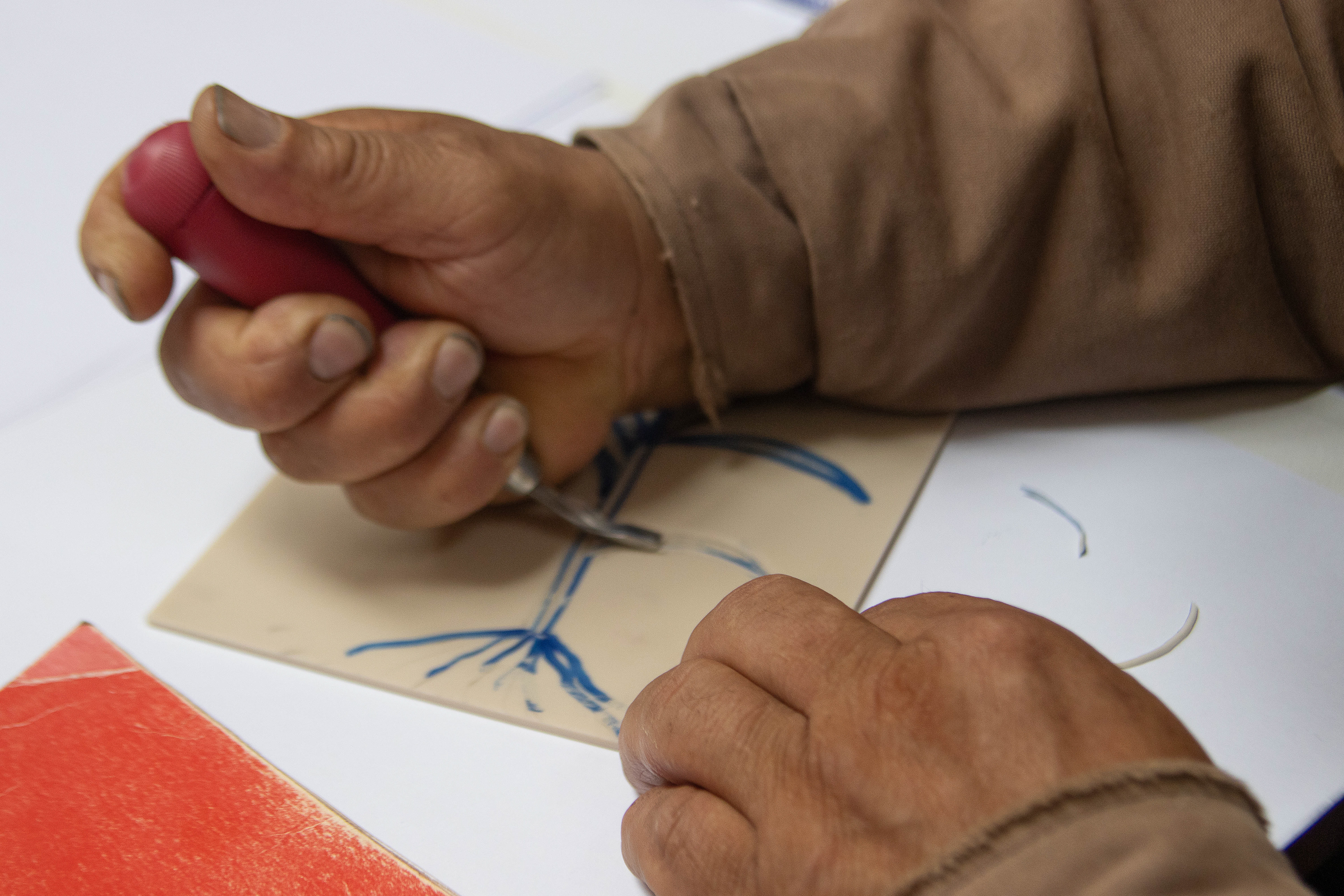


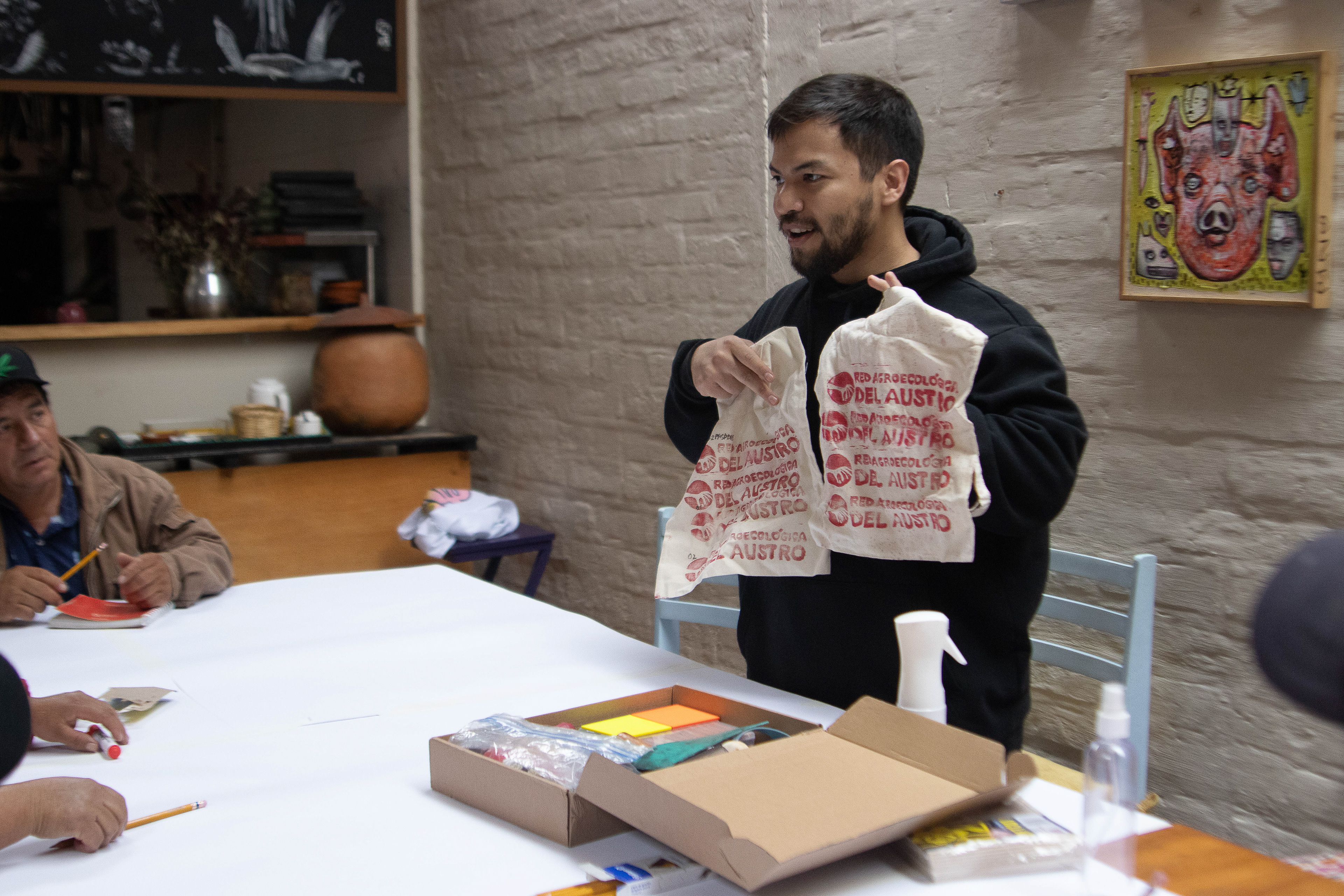
Phase 4
We returned to RAA’s General Assembly to share the outcomes, gather feedback, and invite reflection.
There was joy, pride, and a shared recognition that design, when placed in the hands of the community — could become a tool for agency, not just aesthetics.
There was joy, pride, and a shared recognition that design, when placed in the hands of the community — could become a tool for agency, not just aesthetics.
What did we learn?
This wasn’t about branding a movement. It was about making space for a movement to express itself — visually, proudly, and freely.
What emerged:
- Community members gained confidence in design as a language they could use
- Design became a bridge between urban consumers and rural producers
- The process affirmed that knowledge is reciprocal, and co-creation requires patience, humility, and time
- Perhaps most importantly, we learned that the best design leaves something behind — not in pixels or logos, but in relationships and trust.
Who made this possible?
This project was only possible thanks to:
- The women, elders, and youth of RAA, who brought wisdom, laughter, and vision to every session
- Allies like La Chichería restaurant, who continue to celebrate agroecology through food
- Advisors, academics, and fellow designers who offered guidance, not direction
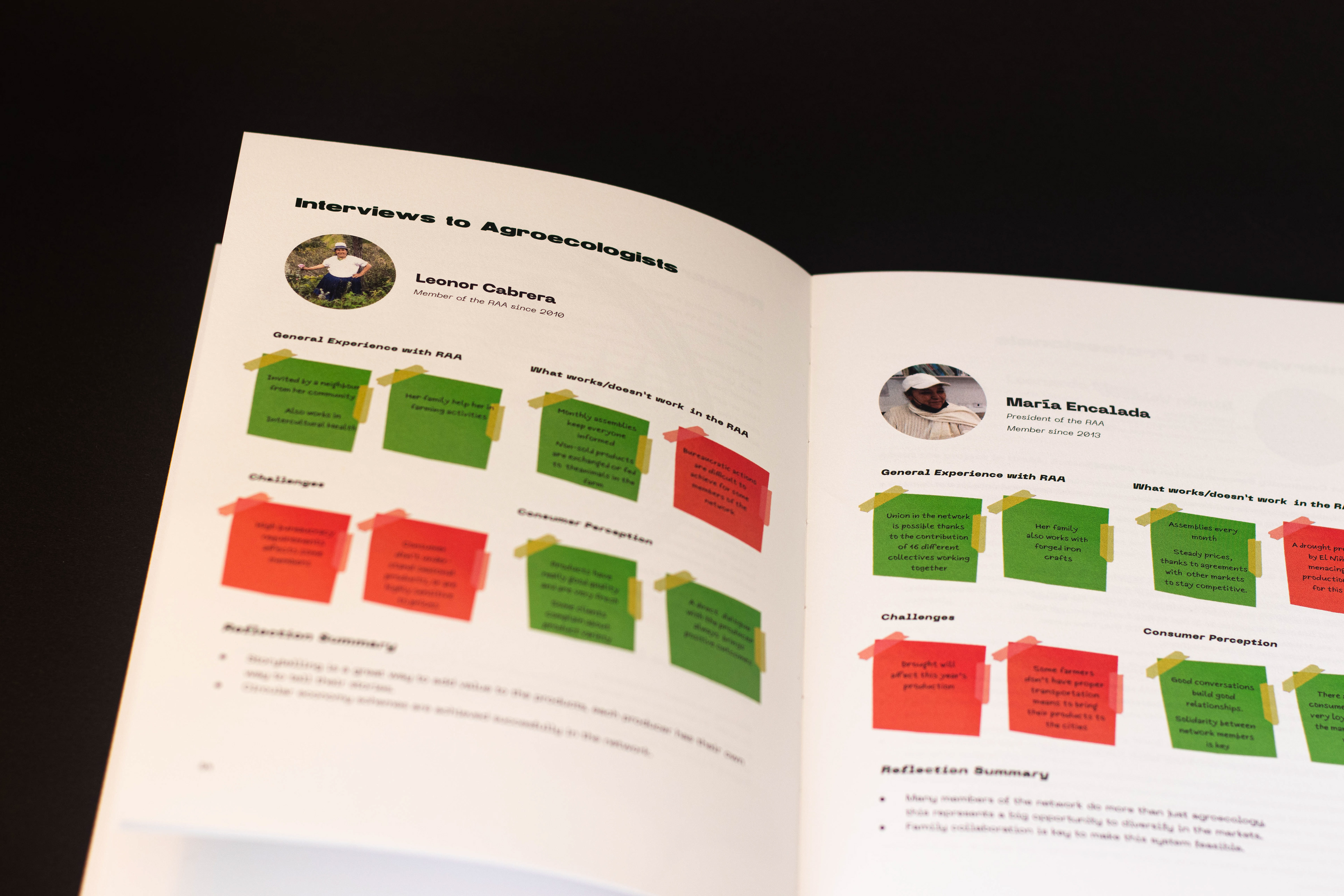
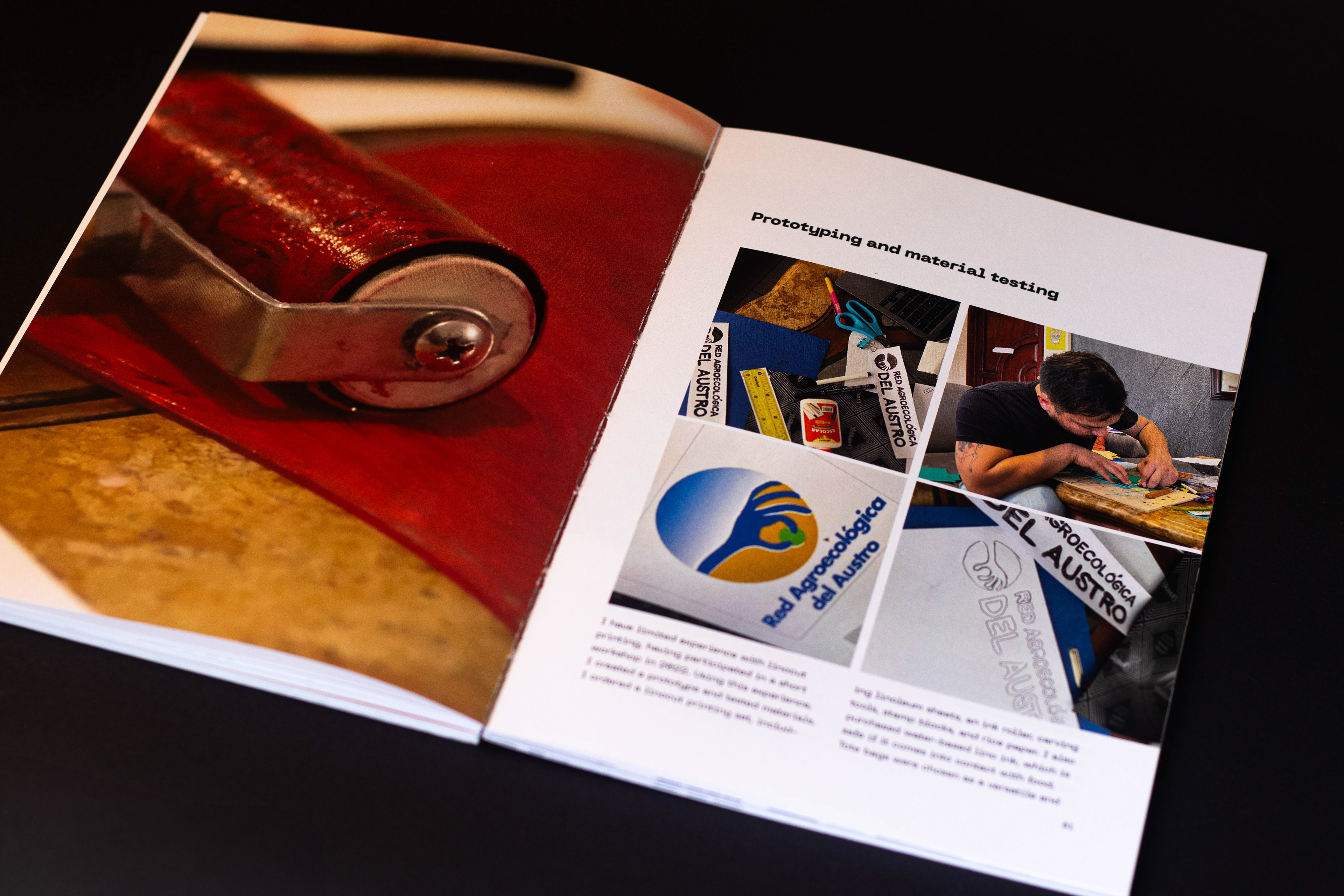
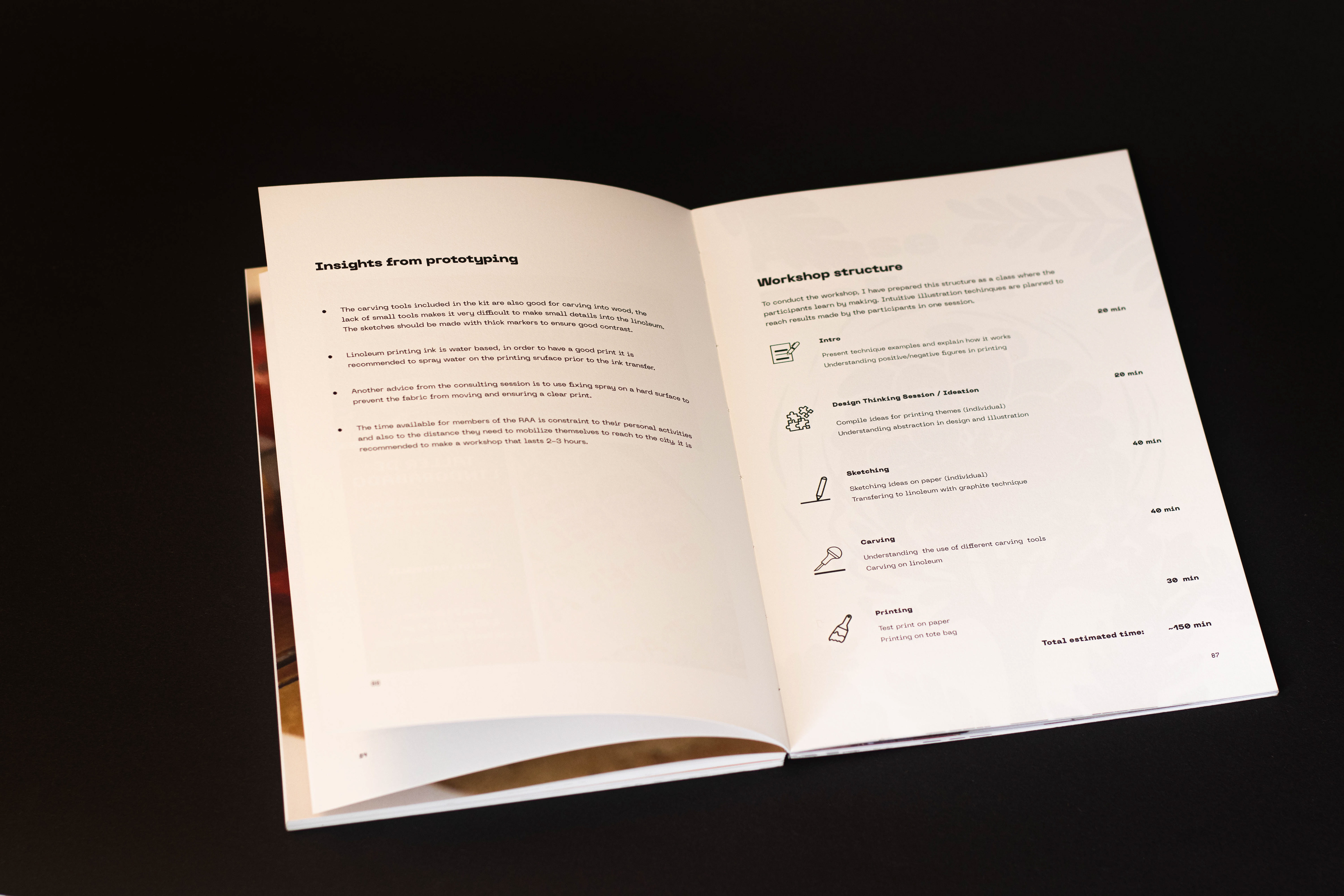

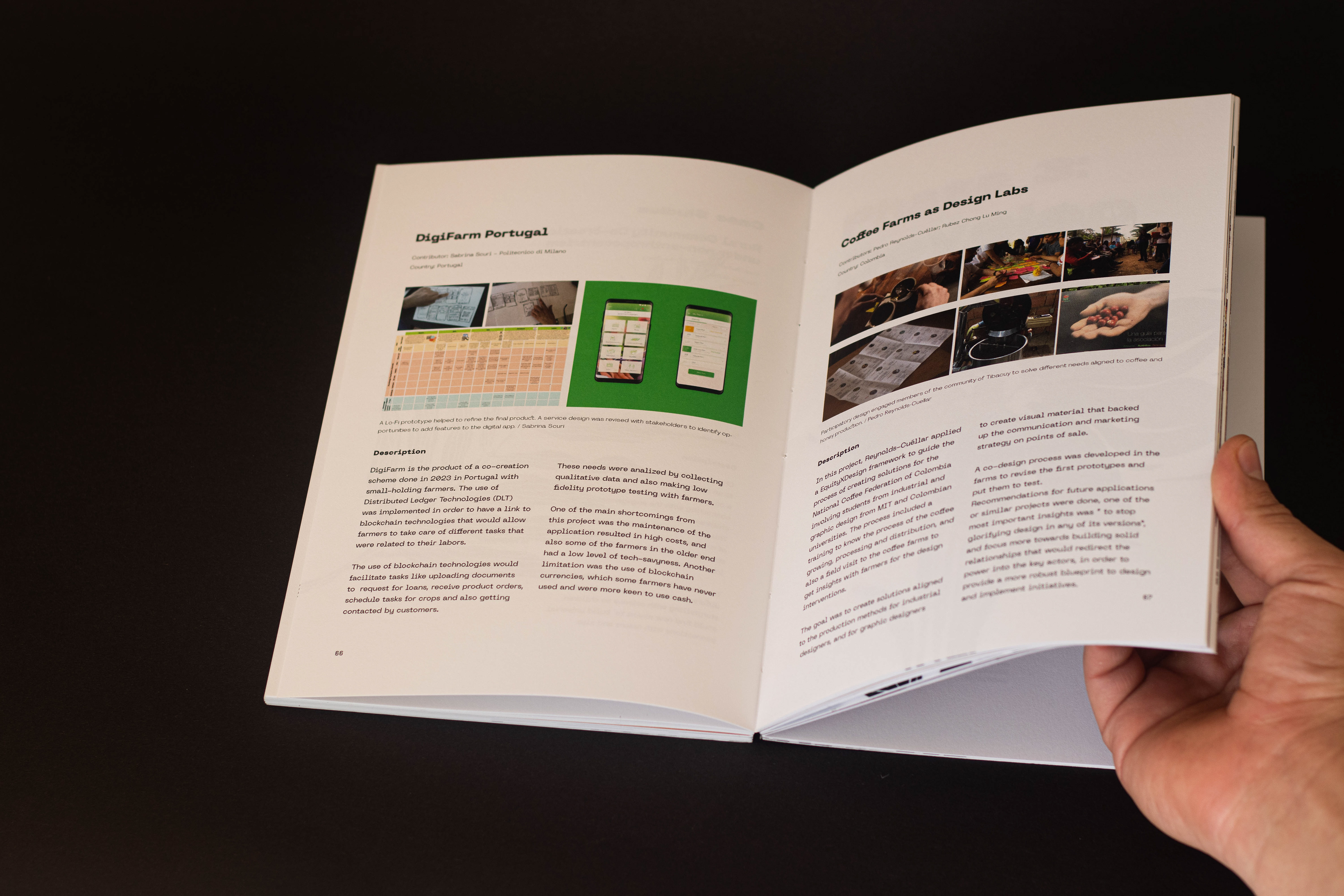
The process and results of this workshop was compiled in a printed thesis memory, compiling the 4 phases from research, to execution, to testing.